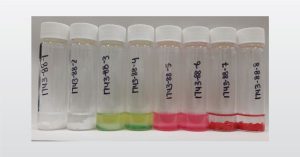
Analytical Approaches for Food & Beverage Webinar
In this webinar we introduce the analytical approaches for solving food and beverage challenges including contamination.
Home » Extraction Expertise for Medical Device Chemical Characterization
Extractable studies are performed on medical devices to evaluate potential chemical release from a medical device during clinical use.
The primary guidance for medical device extractable studies is ISO 10993-18 “Chemical characterization of medical device materials within a risk management process”. In this international standard, a number of extraction study approaches are laid out, which are applied to medical devices based on the intended device use.
EAG offers advanced expertise and a risk-based approach for medical device extractable study design and execution, including the latest FDA expectations.
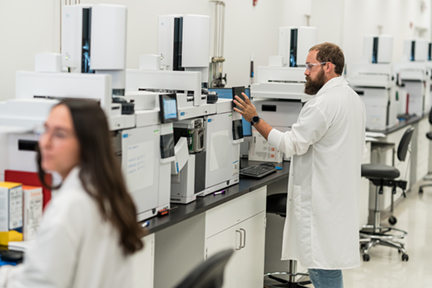
ISO 10993-18 provides guidance for the type of extraction study necessary for chemical characterization, based on device contact.
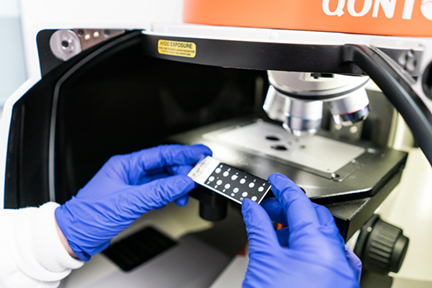

In this webinar we introduce the analytical approaches for solving food and beverage challenges including contamination.
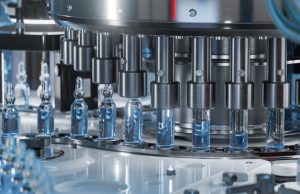
For over 40 years, EAG has been involved in the entire glass value chain, from raw starting materials to final products.

III-V materials partially provide us with the ever evolving and changing technological advances we enjoy today.
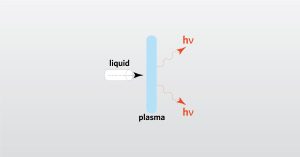
In this webinar we will focus on Inductively Coupled Plasma Optical Emission Spectroscopy (ICP-OES), and ICP-MS
To enable certain features and improve your experience with us, this site stores cookies on your computer. Please click Continue to provide your authorization and permanently remove this message.
To find out more, please see our privacy policy.